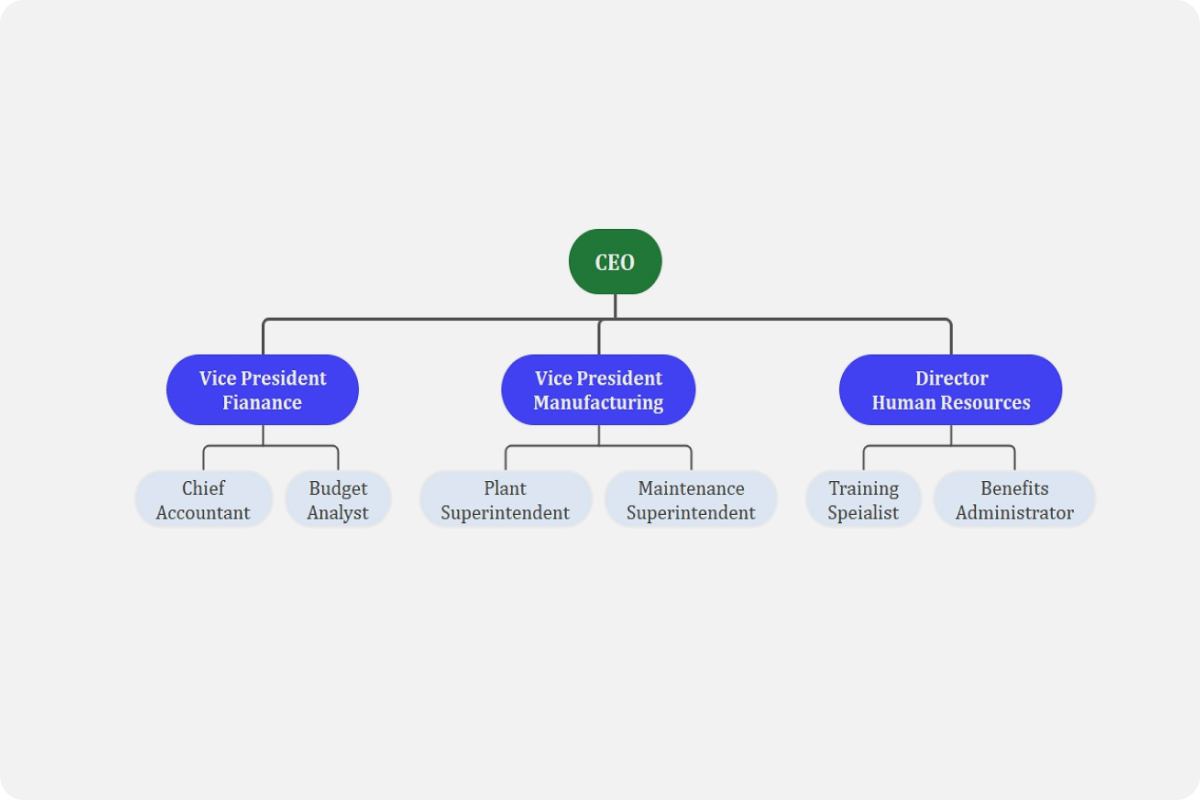
Creating an organizational chart is an essential task for any business or organization. It helps to visualize the structure of the company, including hierarchy, reporting relationships, and departmental divisions. An organizational chart template is a pre-designed layout that makes it easier to create a professional-looking chart.
In this guide, we will explore the what, why, and how of organizational chart templates, provide examples, and offer tips for successful chart creation.
What is an Organizational Chart Template?
An organizational chart template is a pre-formatted document that outlines the structure of an organization. It typically includes boxes or shapes representing different positions or roles within the company, along with lines connecting them to show reporting relationships. These templates are designed to be easily customizable, allowing users to add, remove, or rearrange elements to fit their specific needs.
Organizational chart templates come in various styles and layouts, ranging from simple hierarchical charts to more complex matrix or flat structures. They are commonly used in presentations, reports, and official documents to provide a clear visual representation of the organization’s structure.
- Benefits of Using Organizational Chart Templates. Organizational chart templates save time and effort by providing a ready-made framework for creating charts.
- Types of Organizational Chart Templates. There are different types of organizational chart templates, such as hierarchical, matrix, flat, and divisional charts.
- Customization Options. Organizational chart templates can be customized to reflect the unique structure of a company, including adding or removing positions and departments.
- Professional Appearance. Using a template ensures that the organizational chart looks polished and professional, enhancing its effectiveness as a communication tool.
Why Use an Organizational Chart Template?
Organizational chart templates offer several advantages over creating charts from scratch. They provide a consistent format and design, making it easier to communicate the organization’s structure. Templates also save time and effort by eliminating the need to design the chart layout manually. Additionally, using a template ensures that the chart follows best practices for visual clarity and readability.
How to Create an Organizational Chart Using a Template
Creating an organizational chart using a template is a straightforward process. Start by selecting a template that best fits your organization’s structure and needs. Then, customize the template by adding names, titles, and positions to the appropriate boxes or shapes. Use lines or arrows to connect the boxes and show reporting relationships. Finally, adjust the layout and design elements to create a visually appealing chart.
- Choose the Right Template. Select a template that matches the hierarchy and complexity of your organization.
- Add Employee Information. Fill in the names, titles, and positions of employees in the designated boxes or shapes.
- Connect Positions. Use lines or arrows to connect positions and show reporting relationships.
- Customize the Design. Adjust the layout, colors, and fonts to create a visually appealing chart that is easy to read.
Examples of Organizational Chart Templates
There are many resources available online for finding organizational chart templates. Websites like Canva, Microsoft Office, and Lucidchart offer a variety of templates to choose from. Some examples of organizational chart templates include:
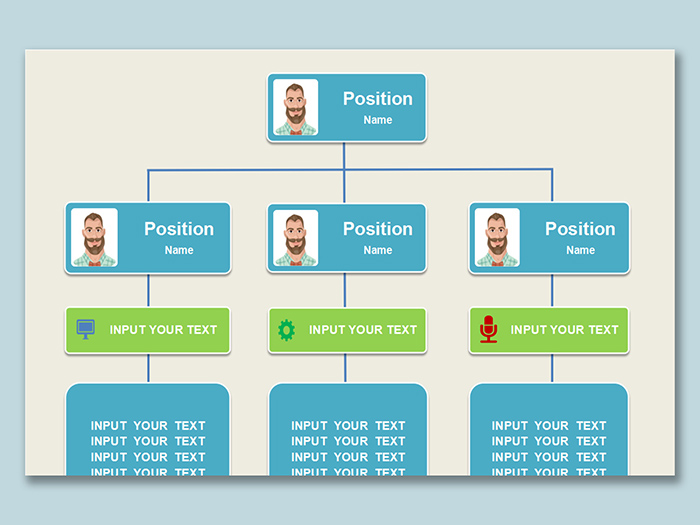
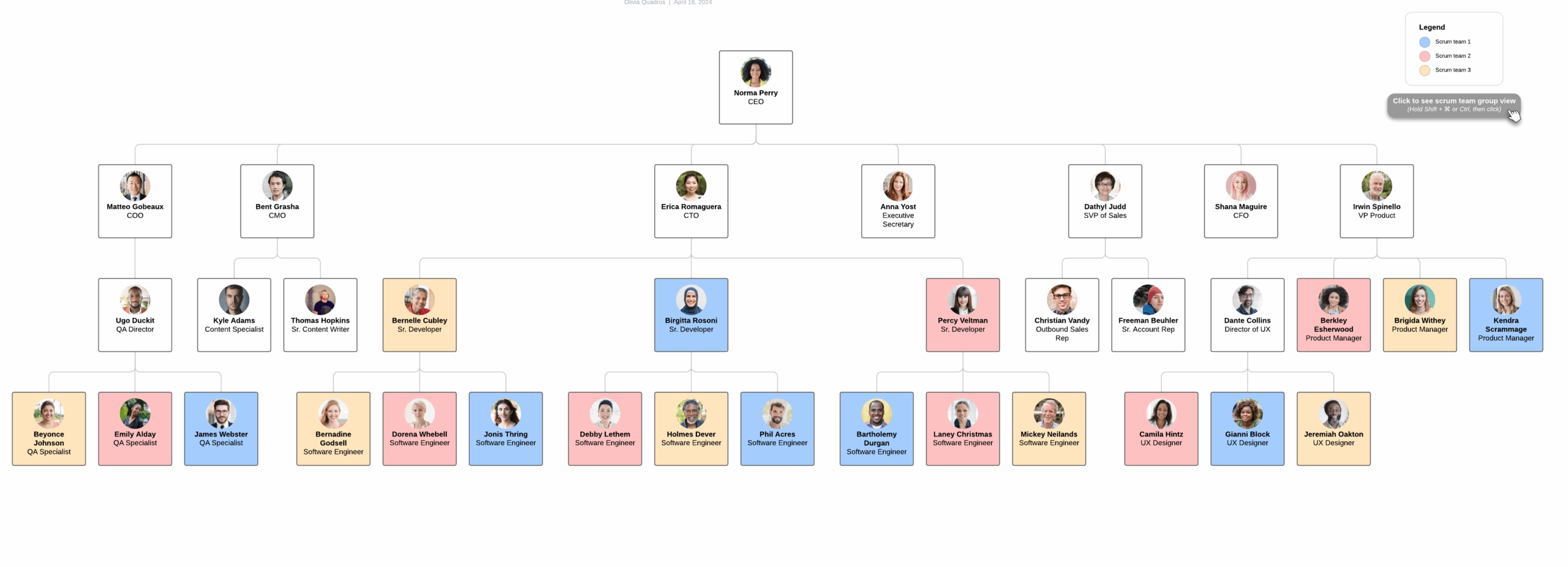



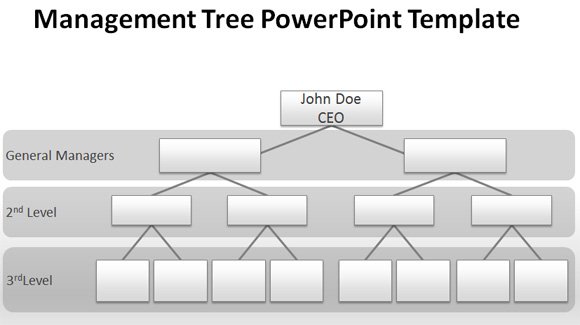
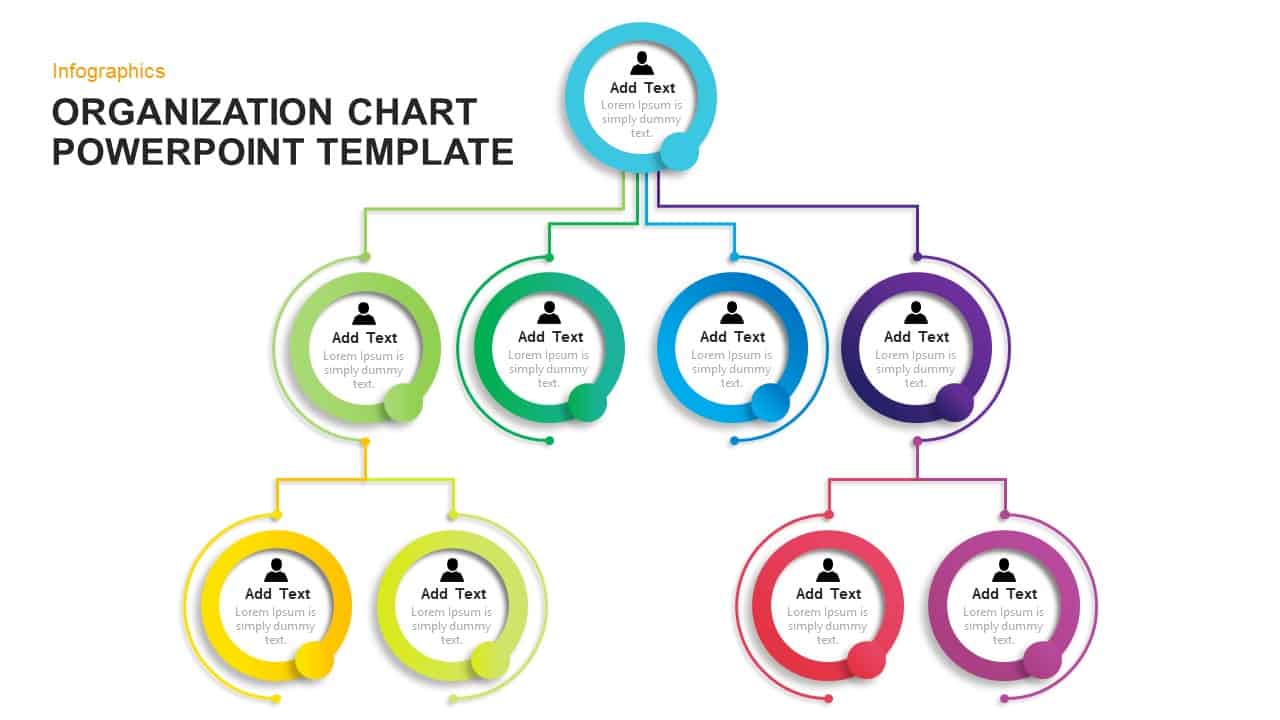
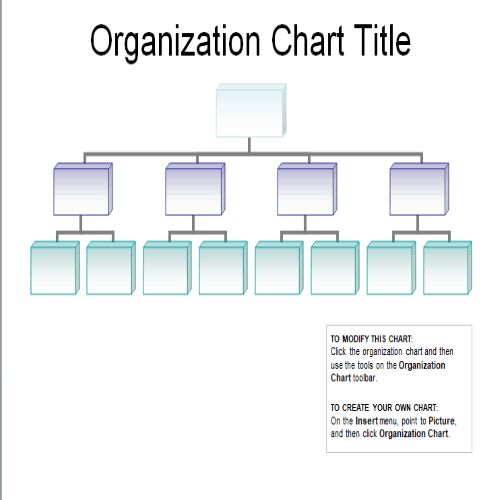
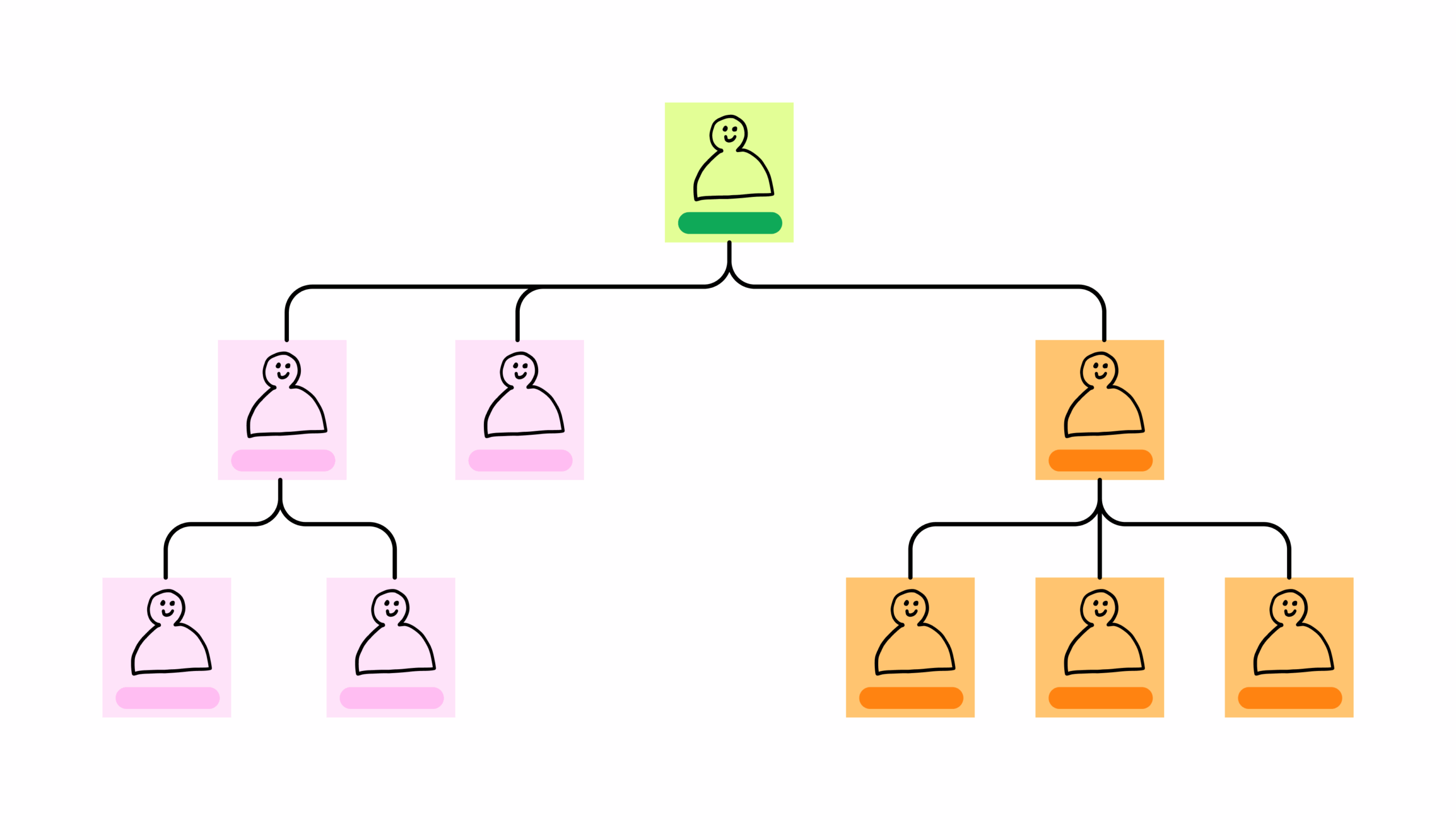
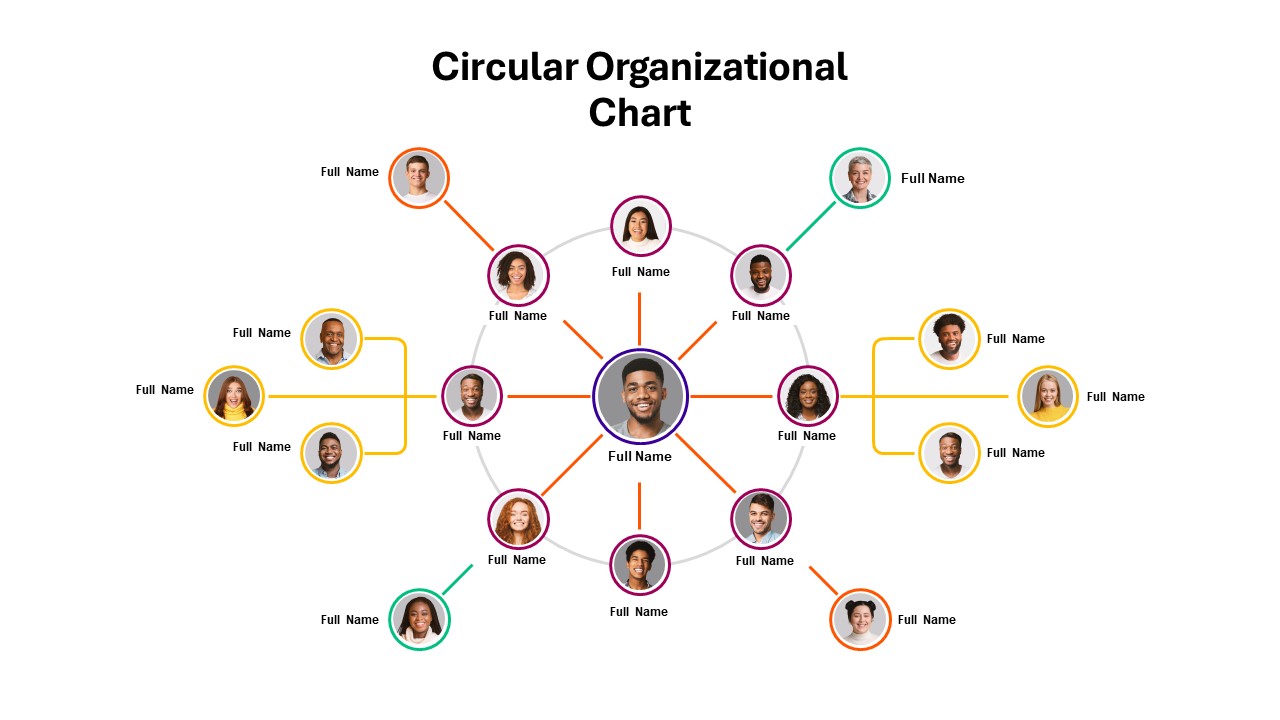

These templates can be customized to fit the specific needs of your organization, making it easy to create a professional-looking chart.
Tips for Successful Organizational Chart Creation
Creating an effective organizational chart requires careful planning and attention to detail. Here are some tips to help you create a successful chart using a template:
- Keep it Simple. Avoid overcrowding the chart with unnecessary details. Focus on key positions and reporting relationships.
- Update Regularly. As your organization grows and changes, make sure to update the chart to reflect the current structure.
- Use Color Coding. Use colors to differentiate between departments or levels of hierarchy, making the chart easier to understand at a glance.
- Include Contact Information. Consider adding contact information for key personnel to facilitate communication within the organization.
- Solicit Feedback. Get input from employees and stakeholders to ensure that the chart accurately represents the organization’s structure.
- Review and Revise. Periodically review the organizational chart to ensure that it remains accurate and up to date.
Conclusion
Organizational chart templates are valuable tools for visualizing and communicating the structure of an organization. By using a template, you can create a professional-looking chart that effectively conveys the hierarchy, reporting relationships, and departmental divisions within your company. Whether you are creating a chart for a presentation, report, or official document, organizational chart templates can help you save time and effort while ensuring a polished and professional result. By following the tips outlined in this guide, you can create a successful organizational chart that meets your organization’s needs and effectively communicates its structure.
Organizational Chart Template – Download